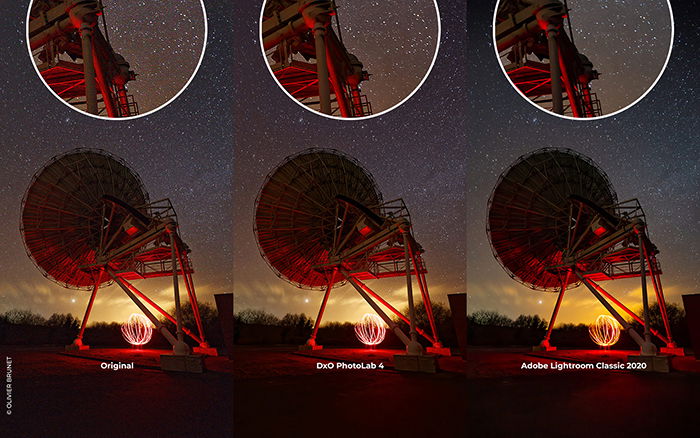

Save my name, email, and website in this browser for the next time I comment. Your email address will not be published. This workflow is particularly suitable for photographers who manage their images with Lightroom, but who want to use the image processing qualities of DxO PhotoLab occasionally or permanently, rather than Lightroom’s Development module. DxO PhotoLab focuses on image processing, and Lightroom is used for both upstream and downstream operations. We see here that the two software programs have a distinct approach and role. Lightroom: Management of images and metadata (cataloguing).DxO PhotoLab: Global and local processing and correction of RAW files.How can the two applications be combined to be as productive as possible? First of all, we need to define the exact role of each one: Similarly, if you apply a black & white conversion in Lightroom, and open the RAW file in DxO PhotoLab, you will not see the image in black and white, but rather in its original colors. In concrete terms, if you change, for example, the blue sky in DxO PhotoLab, and then open the same RAW file in Lightroom, you will not see the correction. Indeed, the rendering of a RAW file in DxO PhotoLab will not be the same as in Lightroom and vice-versa the same is true for corrections. The tooling is much better integrated with this version and there have been substantial usability improvements. However, each of these programs is based on its own engine for demosaicing and processing RAW files, and they are not compatible.


 0 kommentar(er)
0 kommentar(er)
